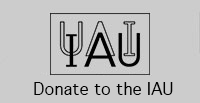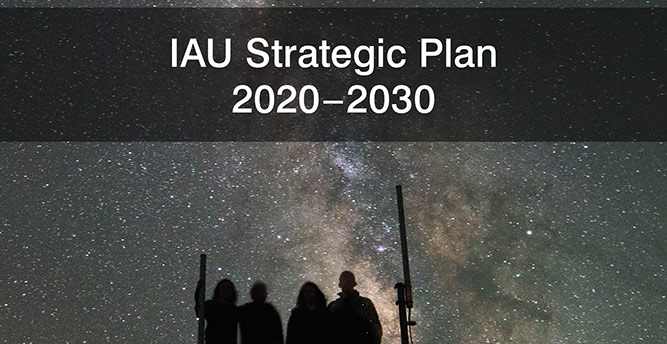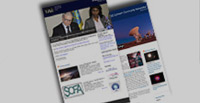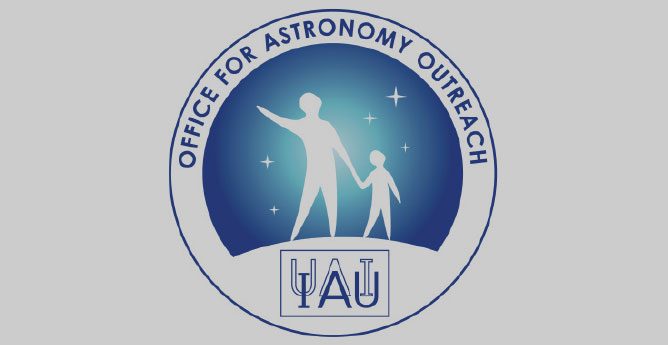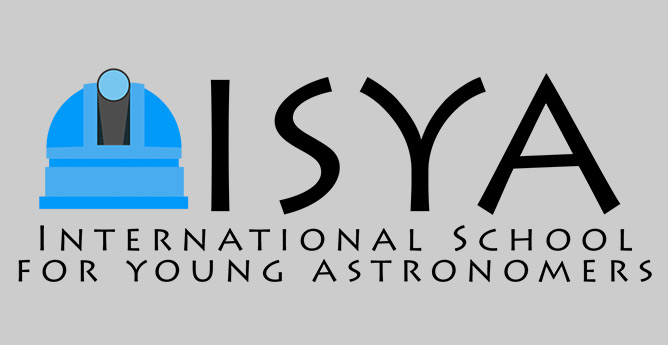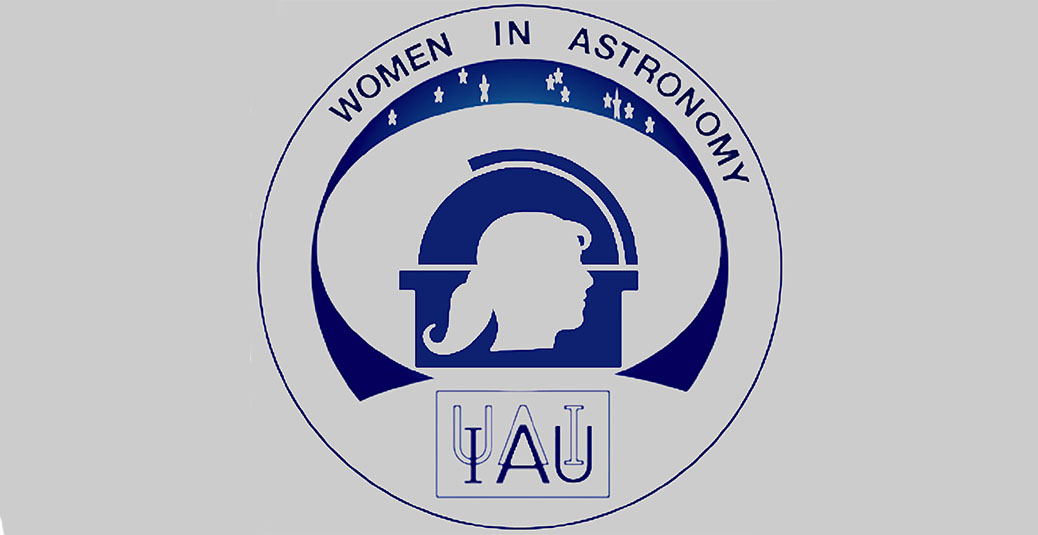- News
- Science
- Scientific Bodies
- Divisions
- Commissions
- Commission A1 Structure
- Commission A2 Structure
- Commission A3 Structure
- Commission A4 Structure
- Commission B1 Structure
- Commission B2 Structure
- Commission B3 Structure
- Commission B4 Structure
- Commission B5 Structure
- Commission B6 Structure
- Commission B7 Structure
- Commission C1 Structure
- Commission C2 Structure
- Commission C3 Structure
- Commission C4 Structure
- Commission C5 Structure
- Commission D1 Structure
- Commission E1 Structure
- Commission E2 Structure
- Commission E3 Structure
- Commission E4 Structure
- Commission F1 Structure
- Commission F2 Structure
- Commission F3 Structure
- Commission F4 Structure
- Commission G1 Structure
- Commission G2 Structure
- Commission G3 Structure
- Commission G4 Structure
- Commission G5 Structure
- Commission H1 Structure
- Commission H2 Structure
- Commission H3 Structure
- Commission H4 Structure
- Commission J1 Structure
- Commission J2 Structure
- Commission J3 Structure
- Commission X1 Structure
- Commission X2 Structure
- Past Commission Organising Committees
- Working Groups
- Centres
- Scientific Meetings
- Rules & Guidelines
- General Assemblies
- Meeting Proposals
- Future IAU Meetings
- General Assemblies
- EC Meetings
- Officers' Meetings
- Regional Meetings
- Symposia
- Focus Meetings
- Institutional Meetings
- IAU Offices Meetings
- IAU-Sponsored Meetings
- Letters of Intent submitted for 2024
- Letters of Intent submitted for 2023
- Letters of Intent submitted for 2022
- Letters of Intent submitted for 2021
- Letters of Intent submitted for 2020
- Past IAU Meetings
- Templates
- Other Meetings
- Grants & Prizes
- Scientific Bodies
- Publications
- IAU Publications
- IAU Strategic Plan
- Symposia
- WGSBN Bulletins
- Regional Meetings
- Information Bulletins/Catalyst
- E-Newsletters
- Focus Meetings
- Transactions A
- Transactions B
- Related Publications
- GA Newspapers
- CAPjournal
- IAU Books
- Brochures
- IAU Offices
- WG Reports
- Commission Reports
- Division Reports
- Past IAU Publications
- Rules, Guidelines and Instructions for Proceedings
- Publishers
- IAU Publications
- Administration
- About the IAU
- Statutes & Rules
- IAU Policies
- IAU Executive Bodies
- IAU Secretariat
- Resolutions
- Members Administration
- Administrative Dates & Deadlines
- International Organisations Relations
- Donate to the IAU
- Training in Astronomy
- Astronomy for Education
- Astronomy for Development
- Astronomy for the Public
- Office for Astronomy Outreach
- FAQ
- Themes
- Satellite Constellations
- Astronomy in Everyday Life
- How to Report a Discovery
- Careers in Astronomy
- Defining our Place in the Cosmos
- The Constellations
- Light Pollution
- Measuring the Universe
- Near Earth Objects
- How to Participate in Astronomy Research
- Naming of Astronomical Objects
- Naming of Exoplanets
- Buying Star Names
- Naming Stars
- Pluto and the Solar System
- IAU Member Statistics
- Our Moon: the Moon
- Meteors & Meteorites: The IAU Definitions of Meteor Terms
- UNESCO-IAU Portal to the Heritage of Astronomy
- Social Media
- Past Events
- Call for Online Resources
- Astronomy@Home Awards
- Contact
IAU Symposia
IAUS 318: Asteroids: New Observations, New Models
Start date/time
August 3, 2015
End date/time
August 7, 2015
Place
Honolulu,
United States
Contact
Steven Chesley
steve.chesley@jpl.nasa.gov
Coordinating Division
Division F Planetary Systems and Astrobiology
Co-Chairs of SOC:
Steven Chesley (Jet Propulsion Laboratory)
Alessandro Morbidelli (Obs. de la Côte d'Azur)
Robert Jedicke (University of Hawaii)
Topics
- Solar system & main belt evolution
- Asteroid population models
- Collisions and cratering
- Dynamical evolution - Asteroid Families, Binary Systems
- Physical Properties - Rotation, Porosity & Shape
- Activated Asteroids/Main Belt Comets
- Main-belt connections - Meterorites, NEAs, Comets, Trojans
- Near-earth Asteroids & Impact Hazard
- Surveying and Exploration
- Data-processing challenges
Rationale
Background
Asteroids are the small, usually rocky, bodies that reside primarily in a belt between Mars and Jupiter, although they have been scattered throughout the solar system to varying degrees. They carry the signature of the birth of the solar system in the way that they are organized, both individually and as a population, and so, in a real sense, the asteroids form the fabric of our solar system. Their observed compositional, structural and dynamical properties permit testing of current theories and facilitate development of new theories regarding the evolutionary processes that brought the solar system to its present state and that continue to act to reshape our planetary neighborhood. Recent and forthcoming observational surveys and space missions will afford new constraints on asteroid characteristics and tests of current theories, even as theories are developed and revised in order to describe what the asteroids are like and how they came to be so. The overarching result of such work informs our understanding of the evolutionary processes taking place in other solar systems at various stages of development across the Milky Way and thus has relevance to diverse cosmogonical fields, from circumstellar debris disks to exoplanets.
This symposium is distinct from, and complementary to, the proposed IAU Focus Meeting "Highlights in the Exploration of Small Worlds," submitted by Dominique Bockelee-Morvan. This symposium’s theme is centered on asteroids for which spacecraft observations play only a modest role, whereas the Focus Meeting concentrates on results from space missions and covers the full spectrum of small bodies from asteroids to comets, and icy satellites to primitive meteorites. Moreover, this symposium will emphasize dynamical processes and the dynamical and physical structure of asteroids with limited attention to their chemistry and composition while the Focus Meeting emphasizes cosmo-chemistry and physical properties across the continuum of small bodies. Thus these two meetings are fully complementary and will combine to make the General Assembly successful across a wide range of the space sciences.
Key Themes
The main asteroid belt is a lively place where the physical, rotational and orbital properties of asteroids are governed by a complicated interplay of collisions, planetary resonances, radiation forces, and the formation and fission of secondary bodies. At the same time, the main asteroid belt is a “crossroads” in the Solar System, connected either genetically or dynamically to a host of other populations of small bodies. Our symposium is oriented by the following core themes and unifying connections that serve to organize both the field and the meeting itself.
1) Origins. The dynamical structure of the asteroid belt and the physical properties of its constituents serve as a strong constraint on models describing the formation and the evolution of the early solar system. The asteroid belt is characterized by a strong mass deficit: it contains today about a thousandth of the solid mass expected in that region. Thus, most of the original asteroids have been lost, either dynamically or to collisions. The remaining asteroids reside on orbits significantly excited in eccentricity and inclination. Indeed, the entire orbital space corresponding to stable evolution is occupied, which suggests that the orbital excitation event led to eccentricity and inclination distributions that extended well beyond the current stability boundaries.
Intriguingly, there are several classes of asteroids with different physical and chemical properties. Different classes dominate different parts of the belt, but their orbital ranges overlap significantly. Primitive asteroids, residing mainly in the outer belt, are particularly important because they could be related to the origin of Earth’s water and other volatiles. Indeed, isotopic signatures of water and noble gases on Earth suggest a chondritic origin, analogous to that of meteorites derived from primitive asteroids. Some primitive asteroids share similarities with cometary nuclei and could possibly be comets primordially captured into the asteroid belt. All these properties make the asteroid belt a crucial test bed for evolutionary models. For instance, planet migration has been tested and constrained against the asteroid properties, selecting some migration models and rejecting others.
2) Collisional Evolution. The solar system originated in a gas and dust cloud in which relatively gentle collisions between sticky particles quickly resulted in the planets, asteroids and comets we know today. Eventually, accretion gave way to more energetic collisions that were more likely to result in catastrophic disruptions. This collisional evolution of the solar system continues today and is most evident in the asteroid belt that is slowly being turned back into the dust from which it came.
Theorists study the collisional evolution of asteroids by developing detailed models of the asteroids collisional environment. In these models asteroids either disrupt or create craters on bigger asteroids, thus generating more small asteroids to disrupt other big ones in a `collision cascade’. Meanwhile, experimentalists conduct high-speed projectile tests to study the effects of an impact, allowing us to understand the role of fracturing and disruption in the structural make up of asteroids.
Craters on asteroids visited by spacecraft, such as Lutetia, Vesta, and soon Ceres, provide essential constraints on the population of small impactors in the main belt and their effects on larger bodies. An exciting and very recent development in just the past few years is that asteroid surveys have become powerful enough to detect the aftermath of collisions between asteroids in the main belt. Detailed morphological studies of the collision products allow direct comparison to hydrodynamic code models that describe the process.
3) Orbital Evolution. The main asteroid belt is a labyrinth of dynamical resonances intersected with subtle nongravitational forces that both feed and interrupt these resonances. In gross terms the asteroid belt is characterized by the classical Kirkwood gaps where mean motion and secular resonances continuously sweep asteroids away, leaving a paucity of objects. Current and forthcoming asteroid surveys will provide catalogs with an ever-greater density of objects, which allows us to see ever deeper into the dynamical processes at play. The orbital evolution theories are continually tested and refined as surveys fill in the asteroid catalogs to smaller sizes.
After collisional families are formed by catastrophic impacts, the pieces are driven by thermal recoil forces (Yarkovsky effect) into resonances where they rapidly drift out of the asteroid belt, sometimes into the outer solar system where they can experience strong interactions with the giant planets and can even be ejected from the solar system. Or they can drift into the inner solar system, where they can be studied in greater detail by ground-based telescopes, can be reached by exploratory space missions and can even be collected as meteorites and studied in the laboratory. Because of their origin in the main belt, understanding the near-Earth asteroid population provides critical constraints on the current main belt at sizes too small to observe from Earth, which in turn feed into our understanding of the early solar system.
4) Rotational evolution. Asteroids rotate in various ways, for example with simple rotation, precession or tumbling, and their rotation evolves along different pathways due to a variety of torques. The story of asteroid rotation is complex and still unfolding. Indeed, this is one of the fastest moving areas of planetary research.
We can discern the rotation state (and shape) of an individual asteroid through a number of techniques. Space missions are rare, but they can characterize the spin of a mission target with extreme precision. For a few hundred asteroids, radar echoes allow detailed rotation models to be developed and can often reveal complex rotation states. The most common technique is the photometric light curve from high-density photometric measurements taken over a number of nights. But the most promising, and soon to be the most prolific, source of rotation information are the all-sky surveys, which can provide hundreds of occasional photometric measurements of a single object over a ten year survey. These so-called sparse light curves will likely be the primary source of spin and shape information within the next decade.
While we accumulate ever more information on the rotation states of asteroids, we understand that rotational evolution is driven by an array of mechanisms. Virtually no asteroids larger than a few hundred meters in size are spinning faster than the 2-hr period of the “spin limit” beyond which centrifugal accelerations cause material to escape the body, suggesting that these larger bodies are not monolithic. The YORP effect, i.e., the torque due to photon pressure on an irregular body, can spin bodies up or down depending on the shape. Those that spin up too fast can lose material and form binary systems, either episodically or catastrophically. These binary systems evolve under gravitational and radiation effects, and in many cases the new satellite is driven to escape the system, allowing the cycle to restart.
5) Evolutional Coupling. The collisional, orbital and rotational evolution discussed so far are each individually complex and rich in detail, and yet they are each coupled to the others in ways that make the complete evolutionary picture for asteroids truly fascinating. This coupling takes a number of forms:
• Collisions are a key driver in the rotation state of asteroids in an obvious and important way, but also through more subtle mechanisms. The YORP-induced rotational evolution depends critically on an asteroid's shape, even as collisions episodically alter the shape and spin state of asteroids. Conversely, the rotation state of a given asteroid can have a significant effect on the outcome of a collision.
• Rotational evolution plays a major effect in orbital evolution through the subtle effect of thermal emissions that can alter the spin state of a body (YORP effect) or slowly drive the orbit into resonances (Yarkovsky effect), which can cause the body to rapidly evolve out of the main belt. Similarly, the Yarkovsky effect depends on the spin state, which is continually changing due to collisions and the YORP effect.
• The orbital evolution of asteroids is decisively driven by collisions. Over long timescales (Gy), the collisional grinding in the asteroid belt tends to flatten orbits and causes the belt to cool dynamically. On shorter timescales (10-100 My), collisions create fragments that can be driven into resonances by the Yarkovsky effect and then rapidly evolve out of the main asteroid belt.
Binary (and higher) asteroid systems add still more complexity, where the formation of companion bodies can follow abruptly from catastrophic collisions or more gradually from the YORP effect. And the evolution and separation of these multi-body systems and their components is again subject to the complicated dynamical environment that defines the asteroid belt.
We now have numerous theoretical models and predictions that describe the rich dynamical environment of the main asteroid belt, and these theories are now on the verge of being regularly tested with new discoveries by the surveys and detailed follow-up observations. For example, we have recent discoveries of “activated asteroids” that appear to be shedding mass, either through rotational fission or small collisions. Modern surveys are now identifying asteroids small enough and frequently enough to identify these events early and allow real time follow-up of their morphological behavior to test formation theories.
Asteroid Data Processing
The study of asteroids is fed by an immense and growing stream of data from systematic asteroid surveys, often operated in conjunction with astrophysical surveys. The survey data products are the astrometric positions and multi-band photometric measurements of the asteroids. The relevant surveys include NASA-funded near-Earth asteroid search programs, including the NEO-WISE space mission, as well as broader efforts such as the Sloan Digital Sky Survey, Pan-STARRS, and planned future surveys such as LSST and ATLAS.
Such a wealth of data represents an exciting challenge to ensure that the data is processed, archived and distributed in a way that maximizes the scientific return. This is the intersection of computer science and astronomy, and we are past the age where simple solutions suffice. This symposium includes a session designed to bring representatives of data processing centers and data producers together with the asteroid research community to communicate capabilities and plans, as well as to understand the future data demands.
